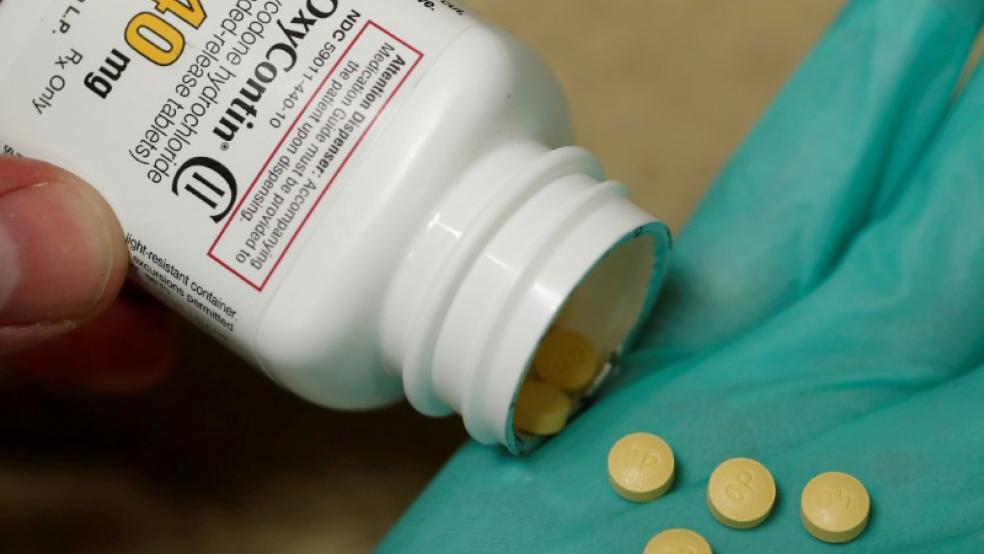Drug companies are starting to be held accountable for the opioid crisis they helped create, with Purdue Pharma, which makes OxyContin, reportedly offering to pay $10 billion to $12 billion to settle thousands of lawsuits against it and an Oklahoma judge on Monday ordering Johnson & Johnson to pay the state $572 million.
The proposed Purdue settlement would not be a straight cash payment. “The bulk of the funds would come from restructuring the company under a Chapter 11 bankruptcy filing that would transform it from a private company into a ‘public beneficiary trust.’ That would allow the profits from all drug sales, including the opioid painkiller OxyContin, to go to the plaintiffs — largely states, cities, towns and tribes,” The New York Times reported earlier this week.
In the Johnson & Johnson case, Oklahoma had sought as much as $17.5 billion, which it said was what it will cost to abate its opioid crisis over the next few decades. In awarding $572 million, the judge said that was the amount necessary to cover one year’s worth of the state’s costs in dealing with the crisis. That ruling was seen as a partial win for Johnson & Johnson, and the company also indicated that it would pursue an appeal. In the meantime, the first trial in a federal case is set to start in Cleveland, Ohio, in October.
Yet even as lawsuits related to the opioid crisis have a long way to go, questions are already being raised about how money paid by the drug companies will be used. By some estimates, the pharmaceutical industry could face opioid-related liabilities of $100 billion or more. In an editorial, the Times warns against repeating the mistakes of the agreement reached in 1998 with tobacco companies, which has seen then pay about $125 billion to states over 20 years:
“[O]nly a fraction of the tobacco proceeds — less than 3 percent nationally in 2019 — has been spent on public health matters related to tobacco use. In New York, some of the money went to a public golf course. Alabama installed security cameras in its schools. And in North Carolina, a portion of the money was dedicated to subsidies — for tobacco companies. Today, no state finances tobacco control efforts at the level that the Centers for Disease Control and Prevention recommends.”
The Times recommends that the plaintiffs bringing the lawsuits make sure that the drug industry’s payouts go toward combatting opioid addiction. Similarly, John Jacobi, professor of health and law policy at Seton Hall Law School tells Time that the tobacco litigation should serve as a “cautionary tale” and that the government should focus on addiction more broadly and provide funding for public health programs such as Medicaid that provide substance abuse treatment.





